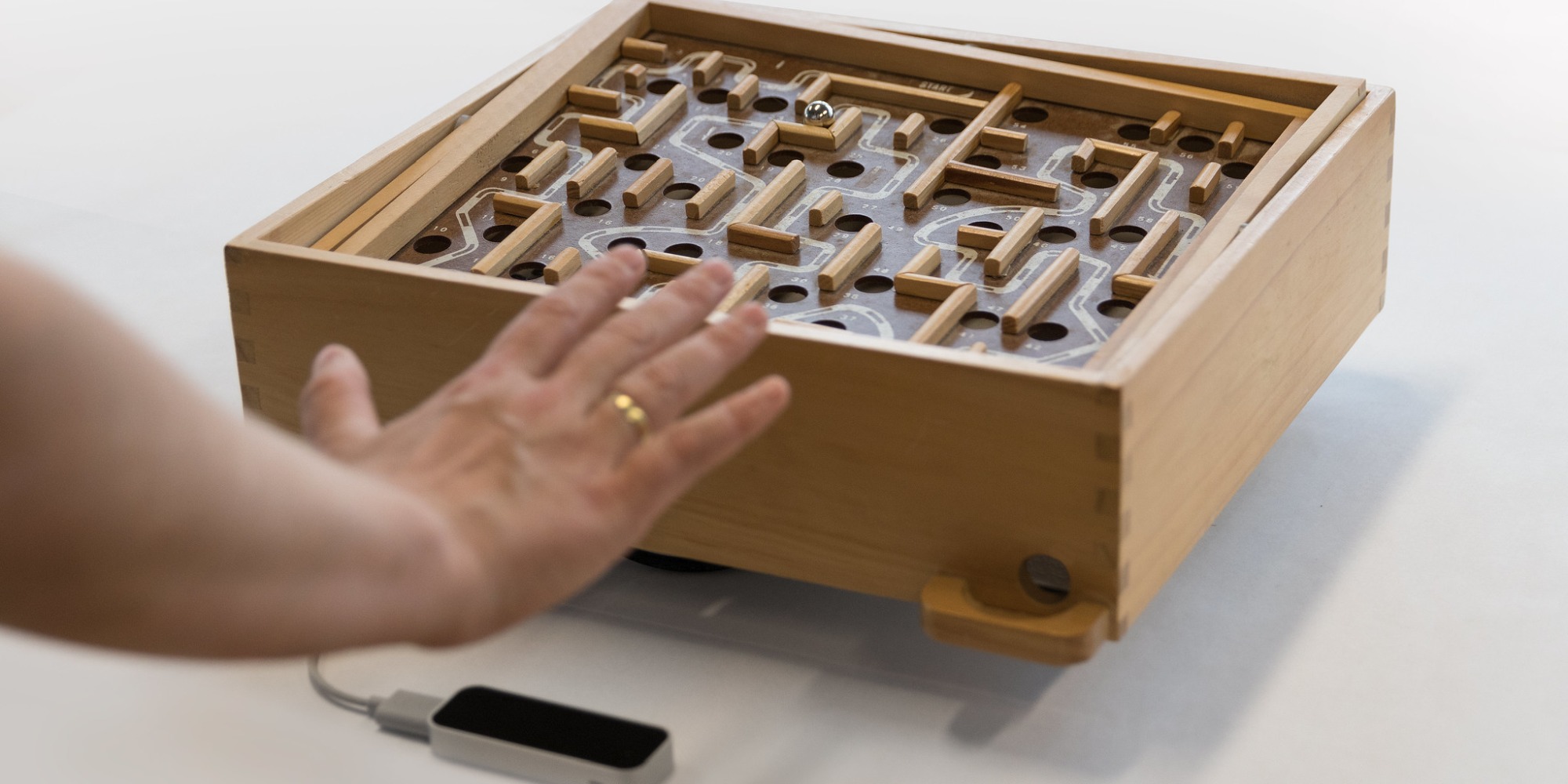2017
MANUACT

How can gesture research be presented so that it is comprehensible by everyone, was the main question of the interdisciplinary research project, Hands and Objects in Language, Culture and Technology: Manual Actions at Workplaces between Robotics, Gesture, and Product Design (MANUACT), that Chemnitz University of Technology commissioned in conjunction with an R&D assignment. The Ars Electronica Futurelab was brought on board as a scientific associate to support the university research group by developing specially designed installations and exhibits about gesture research.